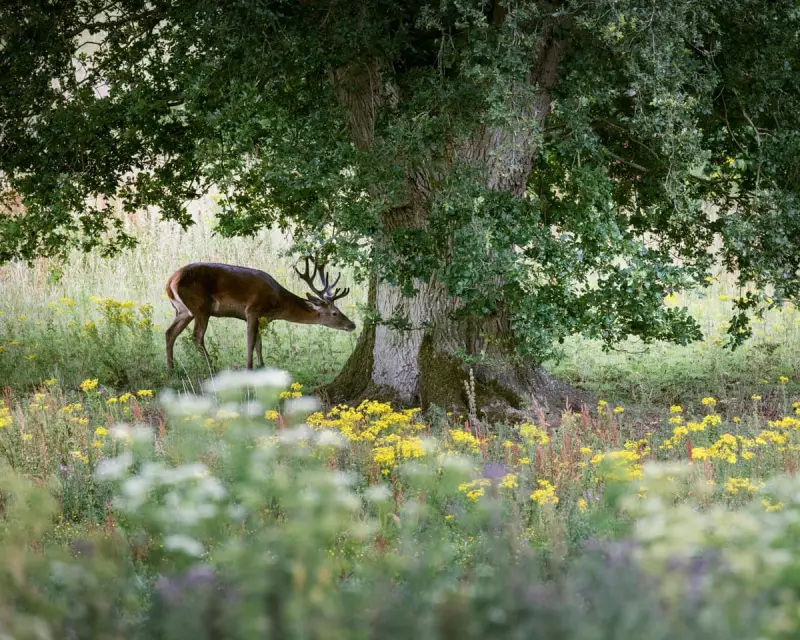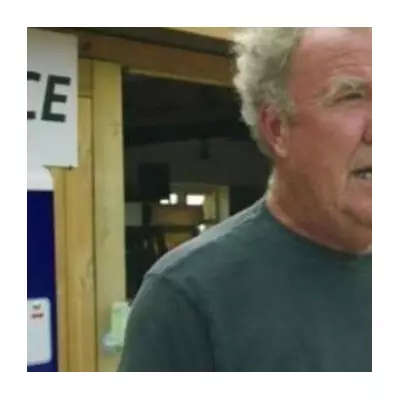
In an unprecedented display of community-driven environmental action, thousands of residents across East Anglia are rallying behind a bold initiative to return their region to its wilder past. The 'Wild East Anglia' movement is gaining remarkable momentum, with communities from Norfolk to Cambridgeshire embracing an ambitious vision for ecological restoration.
The People's Pledge for Nature
At the heart of this growing phenomenon lies a simple yet powerful national pledge that ordinary citizens are adopting with extraordinary enthusiasm. The commitment goes beyond traditional conservation efforts, calling for transformative changes to gardens, farms, and public spaces throughout the eastern counties.
"We're witnessing something truly special unfold," explains Dr Eleanor Vance, an environmental scientist monitoring the campaign. "This isn't just about protecting what remains – it's about actively rebuilding ecosystems that have been lost over generations."
From Back Gardens to Farmland
The movement's strength lies in its accessibility. Participants are implementing changes both large and small:
- Transforming manicured lawns into wildflower meadows
- Creating wildlife corridors between protected areas
- Planting native species in urban and rural settings
- Reducing pesticide use on agricultural land
- Installing ponds and water features to support aquatic life
Farmers, often seen as potential opponents to rewilding initiatives, are increasingly joining the cause. Many are dedicating marginal land to nature recovery while maintaining productive agricultural practices elsewhere.
A Regional Transformation
East Anglia represents a particularly significant opportunity for rewilding. The region's diverse landscapes – from the Norfolk Broads to the Suffolk coast – provide ideal conditions for restoring lost habitats. Early indicators suggest the movement is already making an impact, with increased sightings of previously scarce species including otters, barn owls, and rare insects.
The success of Wild East Anglia demonstrates a fundamental shift in how communities approach environmental stewardship. Rather than waiting for government action or policy changes, citizens are taking conservation into their own hands, creating a bottom-up model that could inspire similar movements nationwide.
As the initiative continues to grow, organisers hope their template for community-led ecological restoration will become a blueprint for other regions seeking to rebuild their natural heritage, one garden, one farm, one community at a time.





